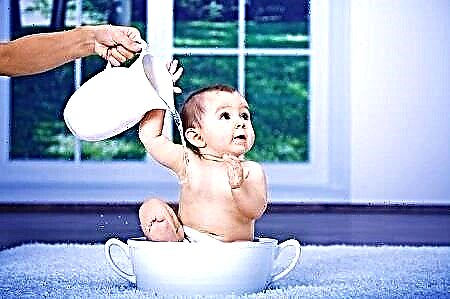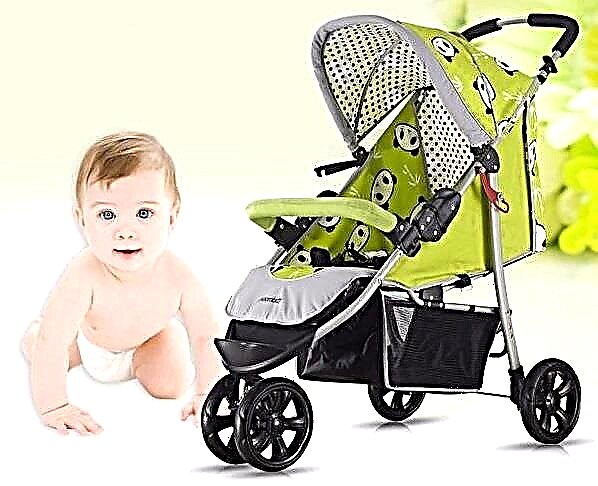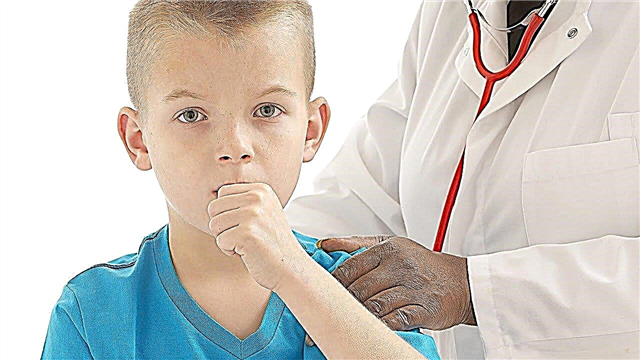Tempering newborns is an effective, efficient, time-tested way to strengthen the health and immunity of a little person. The high adaptability of infants allows you to start the hardening process from the first days.

The mechanisms of adaptation in newborns are very developed, in other words, the baby is born hardened. The creation of greenhouse conditions - a constant ambient temperature, sterile food, lack of air movement - turns off the innate adaptation as unnecessary and after a month the baby begins to sneeze from the slightest draft. One has only to support the natural data of the baby, creating a contrast of temperatures and the presence of positive contact with nature, that is, to carry out hardening procedures and walk with the child in any weather.
The essence of hardening and expected results
The hardening process is a constant metered change in environmental conditions. Natural factors are the best helpers in hardening. The process can be carried out everywhere during dressing, bathing, sleeping, gymnastics. It is not necessary to set aside a special time for hardening. All procedures should naturally fit into the daily routine.
Hardening along with physical exercise, which is carried out regularly, leads to amazing results. The body's work is activated, while improving:
- disease resistance;
- adaptive mechanisms;
- circulation;
- metabolism;
- psycho-emotional state;
- sleep;
- appetite.
Regular hardening will be an excellent prevention against colds. A hardened baby develops faster. He begins to sit down, crawl, walk and talk earlier than his peers.
Important rules for hardening

Before starting hardening, you should contact your attending pediatrician for advice. He must examine the baby to make sure there are no contraindications.
Hardening cannot be started if the child has:
- respiratory disease;
- decompensated heart disease;
- decreased hemoglobin (if low hemoglobin);
- increased temperature;
- increased nervous irritability;
- severe exhaustion;
- there is a disruption of the gastrointestinal tract;
- disturbed sleep.
To achieve effective hardening, the following rules should be strictly observed:
- Regularity... The procedures are carried out systematically, without interruption for a single day.
- Gradualness... The temperature of the hardening medium (air or water) should change gradually, in small steps. A sharp drop in heat or cold will lead to psychological stress for the child, and even to illness.
- Individuality... The baby's reaction to the procedures should be closely monitored. With strong signs of dissatisfaction, an inadequate reaction, hardening should be stopped. In order to avoid crying and discontent, it is necessary to distract the child with toys, songs, your smile and affection.
- Cohesion... Hardening procedures should be carried out by the whole family. Pouring with your baby, you can not only set a good example for him, but also strengthen your body. Joint actions also lead to the strengthening of family ties.

Tempering methods
The hardening methods differ among themselves by the type of environment, the temperature of which changes.
Air hardening
- Walking... They begin if the temperature outside is not less than 10 C. The first walk outside should last 15 minutes. Then the time spent on the street is doubled each time. As a result, the child walks about 2 hours a day.
- Air baths... The baby is left naked at room temperature (22 ° C). Start with 30-40 seconds and increase gradually by 30 seconds per week. A child can receive air baths during gymnastics, feeding, massage, changing clothes, before and after bathing.
- Sleep in nature is stronger and healthier... Dress your child so that he does not feel discomfort. (Related article: How to dress a newborn for a walk)
More about air hardening

Water hardening
- The process of hardening with water begins with washing. For babies up to three months, the water temperature is 28 C, from three months to six months - 25-26 C, from six to twelve months - 20-24 C. The water temperature is reduced every two to three days by one degree.
- Rubdowns are the next step. They begin after six months with dry rubdowns with a soft flannel mitten. Wipe in the following order: arms, legs, back, chest and abdomen until slightly reddened. After 7-10 days, start wet rubbing with water with a temperature of 35 C. Bring the temperature to 30 C, gradually reducing it.
- First douches the baby is carried out from birth after bathing, while cool water must be poured onto warm skin. Water is taken at a temperature of 26 C. Having taken out of the bath, they hold the baby on the arm with the back up. Pouring begins from the heels, moving along the spine to the back of the head. The water temperature is reduced by one degree every five days. The lower limit is 18 C, although for some it may be lower.
- Swimming for a newborn “The usual way of movement” - for nine months he was constantly in the aquatic environment. Until three months, the baby's swimming reflexes have not yet died out, and it is quite simple to teach him to swim. When bathing, simply support the baby under the head and let him move freely. After six months, you can continue learning to swim in the pool.

Hardening by the sun
Sunbathing is essential for newborns. After all, only in the light in the body is the production of vitamin D, which is necessary for the growth of bones. The duration of sunbathing and their temperature are the same as for air. One "BUT" - you should not take your baby out into direct sunlight.
More about sun hardening
Contrasting and intense tempering methods
Intensive hardening methods should be used with caution and only when the child's adaptive reflexes are already fixed. These methods are based on a short-term sharp change in temperature: dousing with ice water, dipping into an ice hole, walking in the snow. You should not engage in intense hardening if the baby has chronic diseases.

Contrast hardening methods are based on rapid and abrupt temperature changes. These include contrasting ones:
- rubdown;
- shower;
- foot baths;
- bath and sauna.
The temperature difference during the first contrast procedure should be 4 C (40 and 36 C, respectively). After five days, the lower limit is lowered by one unit and the amplitude is brought to 23-26 C. Water should be alternated 5-6 times per procedure with an interval of 20 seconds. Hot water should be the last.
Tempering babies is more than just air baths and dousing with water. This is a natural lifestyle that should be the norm. Physical activity, proper and healthy nutrition, daily routine, sports and walking, hardening procedures. Everything so that the newborn grows up healthy and happy.



